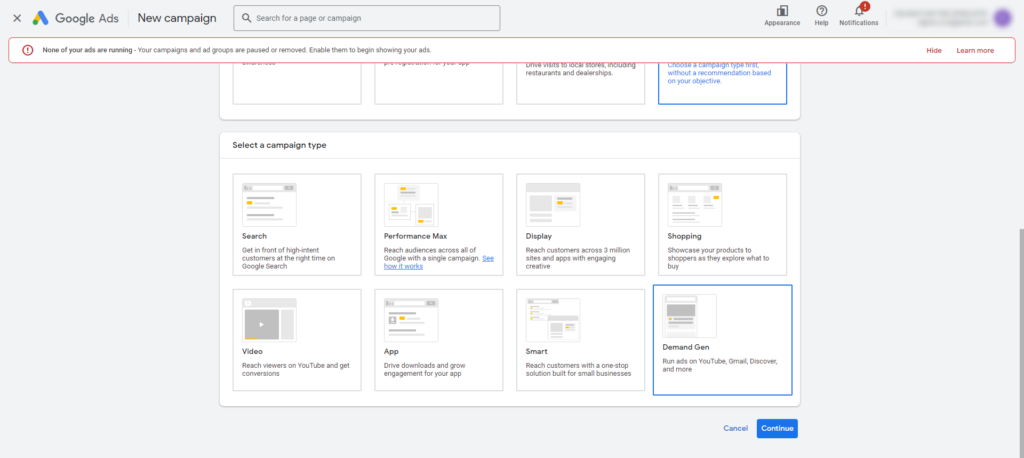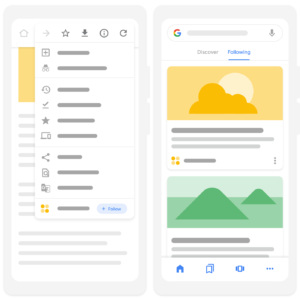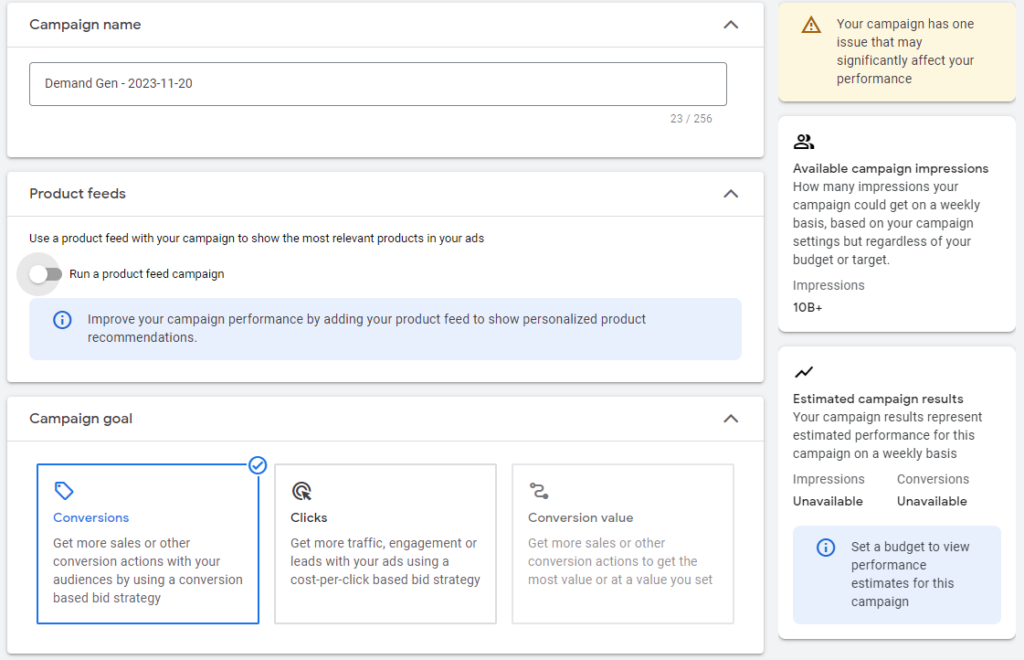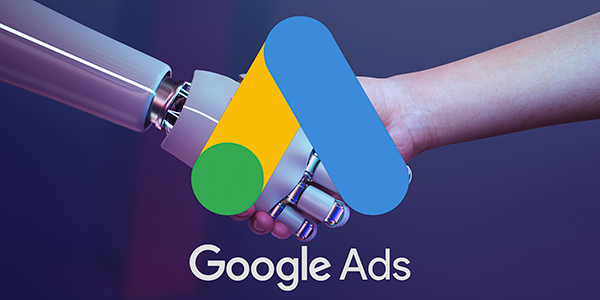content
As of today, marketers have 8 types of advertising campaigns available in their Google Ads accounts, which differ in their goals and methods of achieving them. Performance Max campaigns were one of the last to be added, which we have already explored in the ADV Advantage blog, and today we will take a closer look at the features of Google Discovery and its differences from the classic Display Network and other Google tools for generating conversions.
What is Google Discovery?
Google Discovery is an automated advertising campaign placed on the Google platform, which is viewed by up to 4 billion users per year.
The following placement services are available for Google Discovery:
- Google Discover Feed;
- YouTube;
- Gmail.
Google Discovery allows you to create demand for a product or service rather than wait for requests, as in the case of search advertising with product feeds. Google’s algorithms automatically search for placements and relevant audiences for your visual creatives. It is believed that Discovery campaigns are characterized by better targeting of the active audience, as the placements are limited to Google’s own network. This allows you to get more conversions and spend less time setting up ads, except, of course, for creating display creatives.

The main disadvantages are: full automation of processes and the lack of reports on placements. Google’s algorithms set the bids themselves: for conversion or click-through rates.
Differences from the Display Network
At first glance, Google Discovery campaigns are very similar to Display Networks, but there are some important differences. The Display Networks type of advertising involves placing your ads not only in Google applications, but also on partner sites from the AdSense network. Marketers have access to reports on where their ads are placed, which allows them to analyze and eliminate a number of sites that are not desirable. Google Discovery does not provide this data, so you have to rely solely on Google’s algorithms. In addition, there are differences in the formats of creative images and the maximum length of headlines.
So what can be the advantage of Google Discovery campaigns if they cover fewer placement resources and potentially a smaller audience? The answer is trust. From the user’s point of view, a click on an ad seen on the Google network is more trustworthy than on external resources and mobile applications.
Google Discovery locations
As part of Discovery, Google offers very popular placements, including Discover Feed, YouTube video hosting, and Gmail. These are the applications most often used by Google users, so you can be sure of the quality of this audience. Marketers have the option of placing attractive ads in the traditional banner format, carousel ads, and emails directly in the Gmail app.

Goals of Google Discovery
Beginning PPC marketers usually start their journey with search advertising, but this type of advertising does not always exactly meet their goals. For example, search ads are not able to inform users about a brand, product, or service because users are already searching for a specific product they are interested in. Google Discovery allows you to reach an audience that is likely to be interested in the brand being advertised and is able to make conversions after receiving all the necessary information on the website. The main goal of Google Discovery is to gain a foothold in the minds of a large group of users who will trust you, which means that marketers can get an audience for successful remarketing.
Tips for using Google Discovery
To increase brand awareness, you should choose a strategy to increase the number of clicks, while to create a loyal customer base for further conversions, you should focus on a strategy to increase conversions.

The creation of media creatives should be approached with maximum efficiency. Users will see ads in their usual places, so ad banners and headlines should hold their attention. Too standard, blurry, colorless, and even outright stock images usually do not inspire the audience to do anything but scroll through the ad.
The text of the headlines and descriptions should be moderately brief and concise, conveying the essence along with a creative writing style.
Don’t ignore carousels. Similar to social media, Carousel ads can tell their own story that will engage the viewer and lead to conversion.
Google Discovery campaigns do not reach as large an audience as, for example, Display Networks, but Google Discovery offers better methods of targeting those people who are more likely to become customers in the future.
Subscribe to our newsletter
